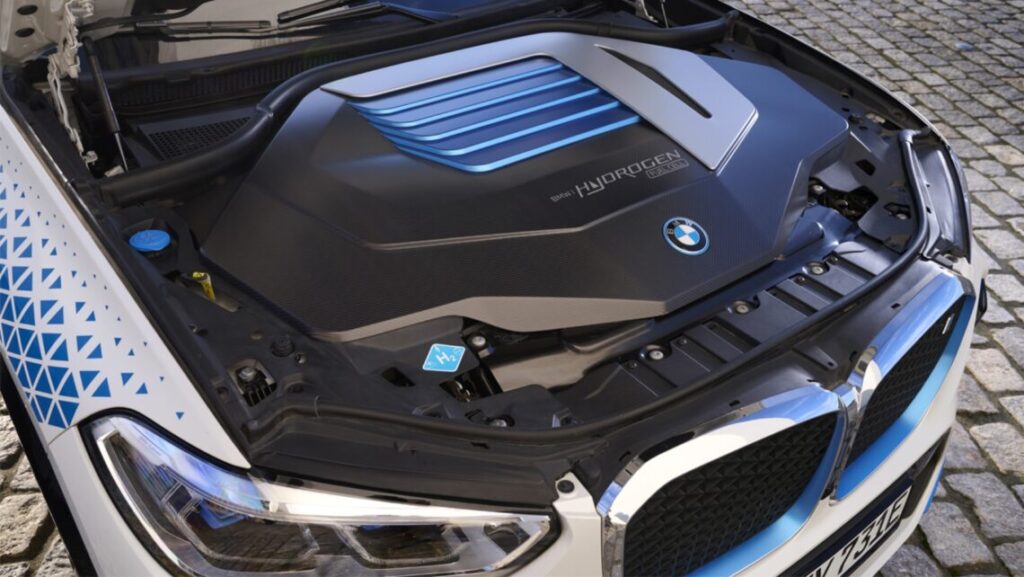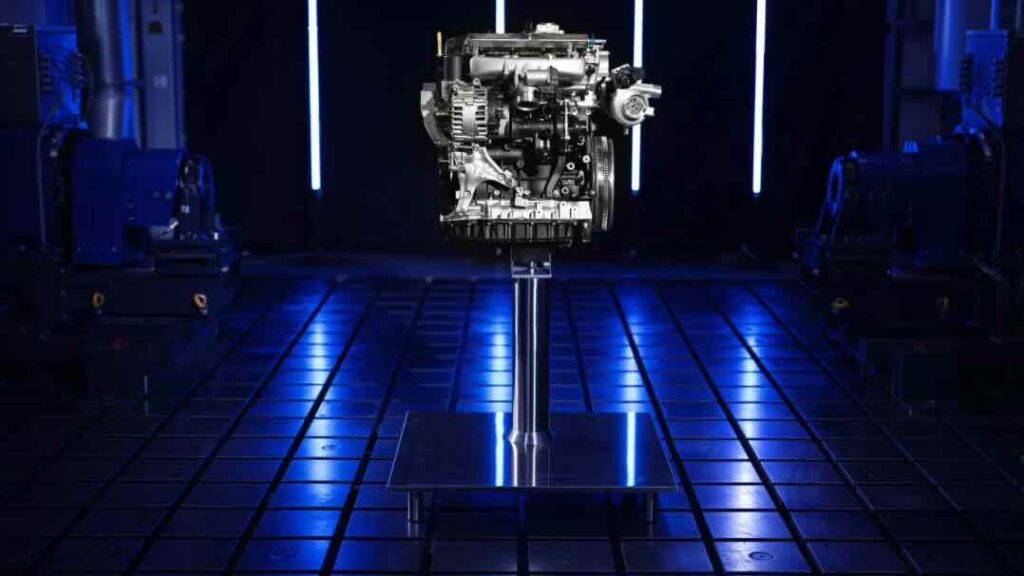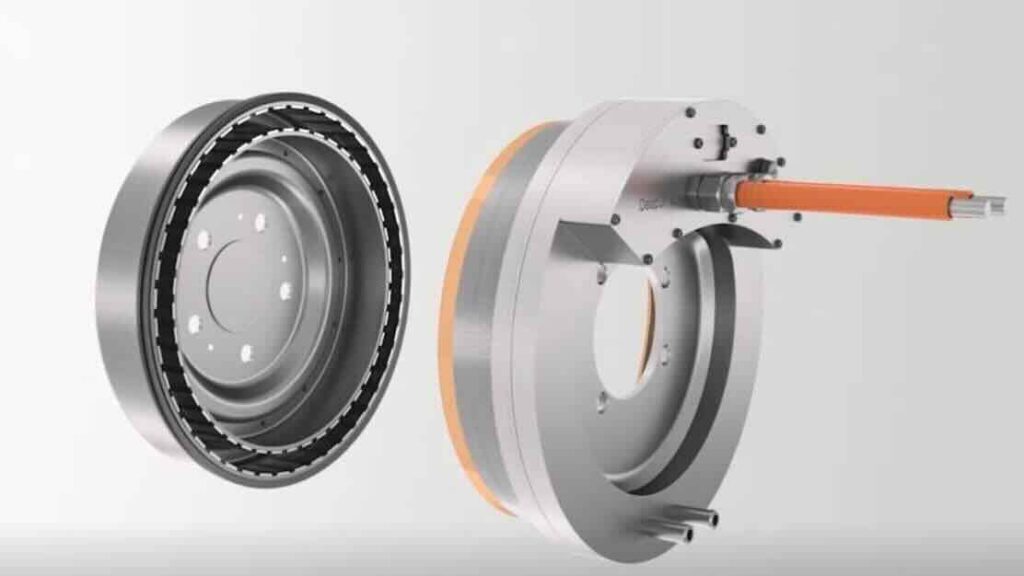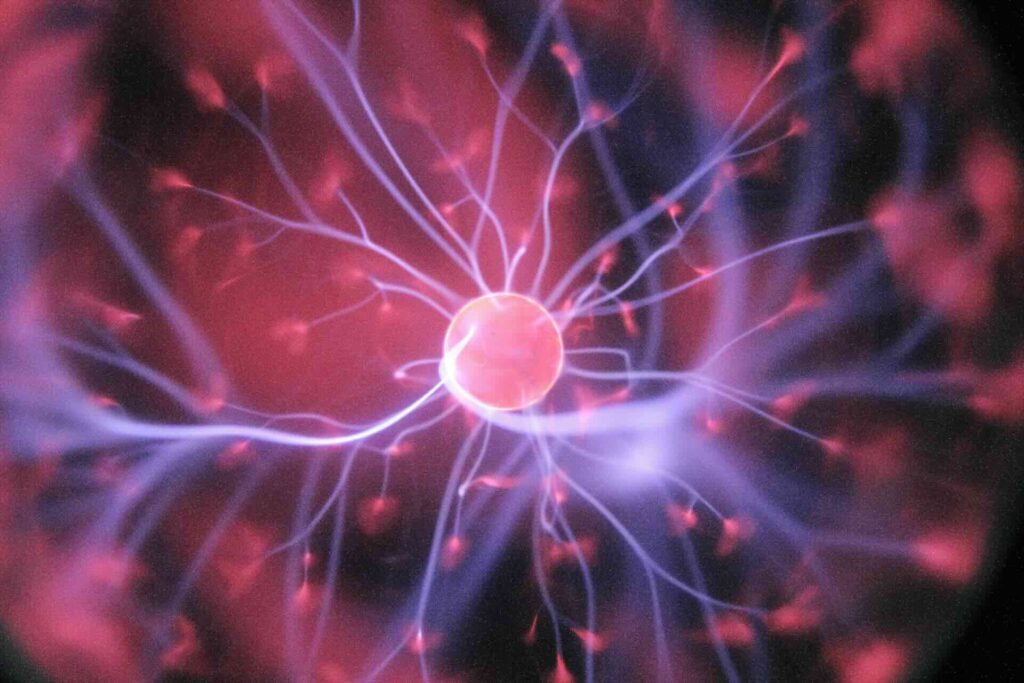Cover photo: Photo by Tommy Krombacher on Unsplash
The automotive industry is revving up with dazzling innovations, sparking a competition between battery-powered cars and hydrogen vehicles.
From hydrogen fuel cells promising lightning-fast fill-ups to electric motors challenging even the mightiest petrol engines, no doubt we are hurtling towards a future where clean energy holds the crown.
However, it’s vital to rethink our assumptions regarding the perfect powertrain.
Therefore, we should compare hydrogen vehicles, explore why EVs continue to gain ground, and discover how ambitious new technologies (such as plasma ignition) might upend our ideas about the car of tomorrow.
To kick things off, take a peek at three advantages of hydrogen cars over EVs to set the stage.
Today’s Focus of Attention is reader-supported. We sometimes include products we think are useful for our readers. If you buy through links on this page, we may earn a small commission.
Advantage 1: You Don’t Charge a Hydrogen Car

Refilling an H2 tank is as quick as filling a petrol tank—though the problem is finding enough hydrogen refuelling stations.
By contrast, an EV needs at least 20 minutes on a fast charger. Plugging it into a house outlet instead takes several hours.
This is not an issue for city driving. But for long journeys, it’s a barrier. In particular, if you must queue behind other vehicles for a sole fast charger.
Advantage 2: You Can Drive More With A Hydrogen Vehicle
Broadly speaking, hydrogen cars offer longer ranges, between 480 and 700 kilometres per tank, whereas most electric cars—like the Nissan Leaf—deliver 360 to 397 kilometres per charge.
Of course, the range depends on the brand (Tesla’s cars travel farther), the capacity of the battery, and efficiency.

Advantage 3: Faster, Lighter, and More Efficient

Weight is another area where H2 cars outshine many battery-powered vehicles.
A hydrogen fuel cell system is far lighter than a lithium-ion battery pack. Thus, a hydrogen car’s electric motor expends less energy moving its own mass, yielding better acceleration and performance.
Such extra energy allows for more cargo capacity—useful for pick-ups and lorries.
Covered these points, we should move on with the most recent innovations that might change how we drive.
Hydrogen ICE (Internal Combustion Engine)
HICEs are already at work in the construction sector—JCB, for instance, has applied them to heavy machinery.
As for personal vehicles, Ford and Toyota are working with HICE technology that burns hydrogen instead of petrol. Although they are still in their nappies, they could evolve in a flash.
But that’s not the end of the story. A fresh wave of innovation is redefining what “clean” and “efficient” look like on the road, as two mammoth automakers team up to bring hydrogen tech roaring back into the spotlight.

In September 2024, BMW and Toyota announced a partnership merging German engineering prowess with Japanese hydrogen expertise. The result: a fuel cell powertrain poised to excite motoring enthusiasts.
Although this H2-propelled vehicle won’t hit the streets until 2028, insiders suggest it could be a BMW SUV with a fuel cell stack tucked under the bonnet.
Neue Klasse Technology
Michael Rath, BMW’s Vice President of Hydrogen Vehicles, said, “Hydrogen cars are essentially electric vehicles with a different storage mechanism. Core components—motors and power electronics—remain the same, whether the vehicle runs on batteries or fuel cells.”
According to Rath, hydrogen is ideal for long trips, ample towing strength, or heavier payloads. These are areas where battery-powered vehicles can stumble.
He notes that BMW’s new Neue Klasse EV platform would swap out its battery for a hydrogen fuel cell stack and tanks. The platform will soon roll off production lines in Hungary, Mexico, and later China.
In practice, this stack would incorporate Toyota’s third-generation fuel cell technology, which boasts 20% more range per kilogram of hydrogen at half the manufacturing cost.
Markets for the BMW FCEV
Companies cannot sell hydrogen cars without a robust fuelling network. Imagine buying a new car but having no petrol station to fill your tank.
Japan, South Korea, and China already have a large H2 infrastructure, making them prime candidates for BMW’s FCEVs.
Meanwhile, Europe is moving forward with regulations that require building both DC fast chargers for EVs and hydrogen stations for fuel cell vehicles.
But this isn’t happening in America. The few hydrogen facilities and their high setup costs mean this technology will struggle.
But for the American market, Toyota is doubling down on internal combustion engines. Its new 2.0-litre turbocharged four-cylinder engine is setting performance benchmarks, signalling that the Japanese juggernaut believes there’s still plenty of life left in the ICE.
With BMW and Toyota gambling big on hydrogen power, others in the business are racing to make fuel cell technology powerful.
A Breakthrough in Hydrogen Tech
Recently, the automotive industry reached a milestone by developing the world’s first non-polluting combustion engine: a hydrogen-powered V8 delivering an impressive 440 horsepower and emitting only water vapour.
Developed by a Japanese company in collaboration with the HySE research association—which includes Toyota, Kawasaki, and Yamaha—this engine underscores hydrogen’s capacity to reduce vehicle emissions while maintaining performance.
But innovation doesn’t stop at this V8. Another cutting-edge powerhouse is pushing the limits, revealing how strong and versatile hydrogen combustion can be.
AVL RACETECH’s 400 HP Hydrogen Engine: A New Frontier in Green Racing
This engine marks a watershed moment for sustainable motorsport: a formidable 400 horsepower at 6,500 rpm.
By injecting water to curb pre-ignition—a pitfall of hydrogen’s high reactivity—the design marries powerful performance to clean emissions, producing only H₂O as a by-product.
Through a refined injector system, engineers address the challenges of delivering gaseous hydrogen while meeting the lofty power demands of racing.
In major events such as Le Mans, this heralds a greener future for high-speed competition. Moreover, it attracts new audiences and funding, reinforcing the notion that hydrogen combustion can match the thrill and prowess of petrol engines.

Now that we’ve seen how advanced hydrogen’s potential in racing is, let’s break down the mechanics behind H2 vehicles and the hurdles they need to overcome.
How Do Hydrogen Cars Work?
Hydrogen cars generate electricity from H₂ gas. The car’s power mechanism channels hydrogen from a tank to a fuel cell, splitting electrons from protons to energise the electric motor.
This Is How A Fuel Cell Works
A fuel cell comprises an electrolytic membrane sandwiched between a positive electrode (cathode) and a negative electrode (anode).
When hydrogen reaches the anode, a catalyst separates the atoms into electrons and protons. Protons can travel through the membrane, but electrons cannot, so they are forced to flow through cables.
This journey is what powers the car.
Eventually, the electrons rejoin the protons at the cathode, where oxygen from the air reacts with them to form water, which then exits via the tailpipe.
Downsides of Hydrogen
Hydrogen cannot be harvested as a primary fuel. It has to be produced using energy to split water into H₂ and O₂.
The resulting product is labelled by colour, depending on how the energy is generated.
Green Hydrogen
This one is obtained through electrolysis powered by renewable sources, such as solar or wind. The drawback is that those machines remain costly. As a result, green hydrogen accounts for only 0.03% of global production.
Grey Hydrogen
Derived from gas, oil, or coal, this type is cheaper to produce but generates 50% more CO₂ than burning natural gas directly.
Blue Hydrogen
This relies on the same method as with grey hydrogen, but capturing 60% to 90% of the carbon emitted, which is reused or stored. This class represents 0.7% of the demand.
Even though hydrogen offers environmental benefits, it faces challenges in sustainable production, costs, transport, storage, leakage, and refuelling infrastructure.
Electric motors arrived sooner, and fresh innovations now threaten to leave H2 trailing.
Is hydrogen in danger? The next development might provide some clues.

German masterminds are once again lighting the way with a breakthrough in electric motor engineering. Through a hefty investment, BMW is refining and advancing EV powertrains instead of relying solely on hydrogen solutions.
DeepDrive’s Dual-Rotor Motor: A Game-Changer
This technology offers up to 20% greater efficiency over conventional designs, surpassing 800 km on a single charge. This range puts many hydrogen concepts to shame.
Furthermore, it can fit into a traditional central-propulsion structure or be integrated into the wheel hubs themselves, giving automakers flexibility to tailor EV setups to different models.
The Secret Behind DeepDrive
DeepDrive merges two electric motors into a single housing, creating a compact, high-torque system that’s lighter, more efficient, and cheaper to build.
Projected to enter production lines by 2026, this design can fit into everything from nippy city cars to larger SUVs and commercial vehicles, slashing the costs to near parity with petrol engines.
If DeepDrive’s predictions hold true, this German innovation will surpass H2 in changing our roads.
At the opposite end of the energy spectrum, Porsche has unveiled a breakthrough that might dethrone both hydrogen and batteries.
The Perfect Fuel
Every new technology is hailed as a panacea. Cars replaced horses, batteries aim to replace petrol, and hydrogen aspires to be the top energy source.
Now, a promising improvement on the horizon proposes that instead of moving away from everything we know, why not streamline the combustion process?
Welcome to ‘plasma ignition.’
At its heart, it replaces traditional spark plugs for electronically controlled plasma discharges. These high-energy pulses leave almost no fuel unburnt.

Why Plasma Ignition Slashes Pollution?
Because plasma ignites the entire combustion chamber, squeeze every drop of energy from the fuel and minimise carbon dioxide and nitrogen oxides emissions.
What does it mean for you? Well, more kilometres per litre of petrol, saving tonnes of money.
Putting Plasma Ignition to the Test
Initial trials show plasma ignition works with multiple fuel types, including biofuels, and operates at different temperatures—potentially slotting into standard combustion engines without major redesigns.
But it’s not all smooth sailing. The technology has a heavy price of $10,000 per unit. This might hinder widespread use.
Yet if the costs come down, plasma ignition may well become a cornerstone of next-gen transport.
So, where does this leave us? Perched on the verge of an epic transformation.
Hydrogen cars promise rapid fill-ups and impressive range. Electric vehicles, especially with dual-rotor motors, push efficiency boundaries every day. Now, plasma ignition threatens to rewrite the rulebook once again.
The victor in this race won’t necessarily be the first to debut or the best marketed—it’ll be the one that delivers reliable, affordable, and clean mobility on a global scale.
If you’ve been hesitating to go green, consider test-driving a hydrogen car or an advanced EV and experience the difference yourself. At the same time, keep an eye out for emerging developments—plasma ignition might yet steal the show. After all, true innovation often emerges from the most unexpected directions.
Get in touch with us. We look forward to hearing your thoughts on these revolutionary technologies!


